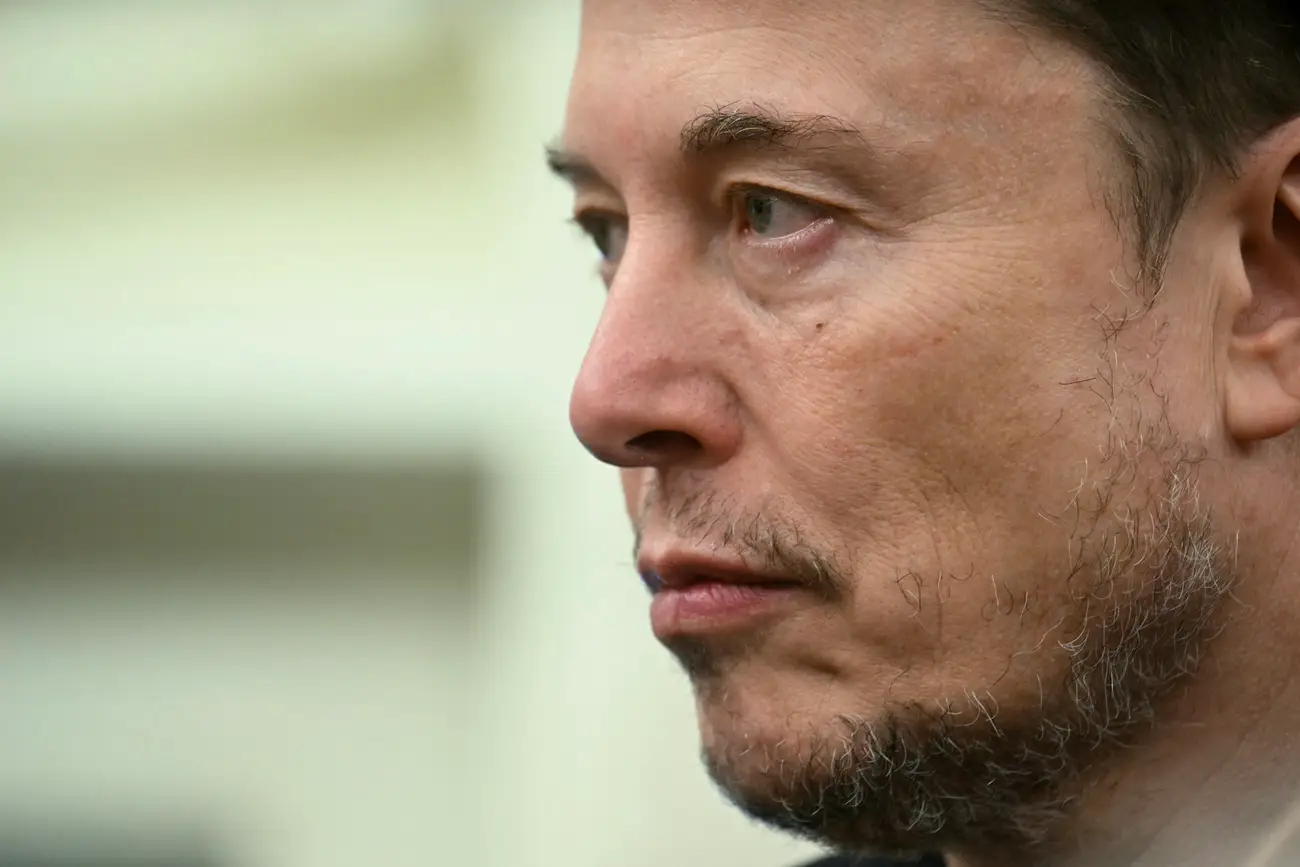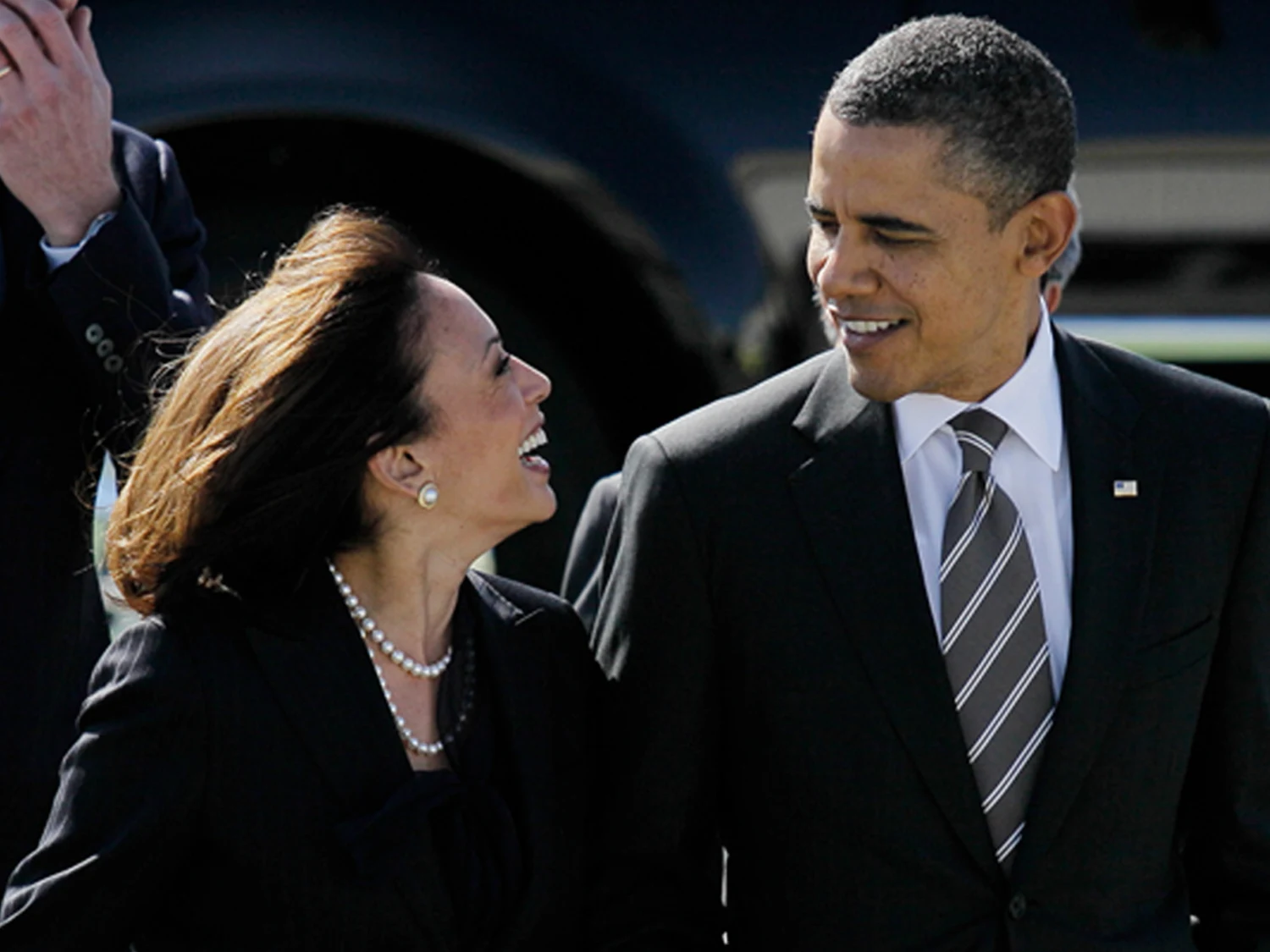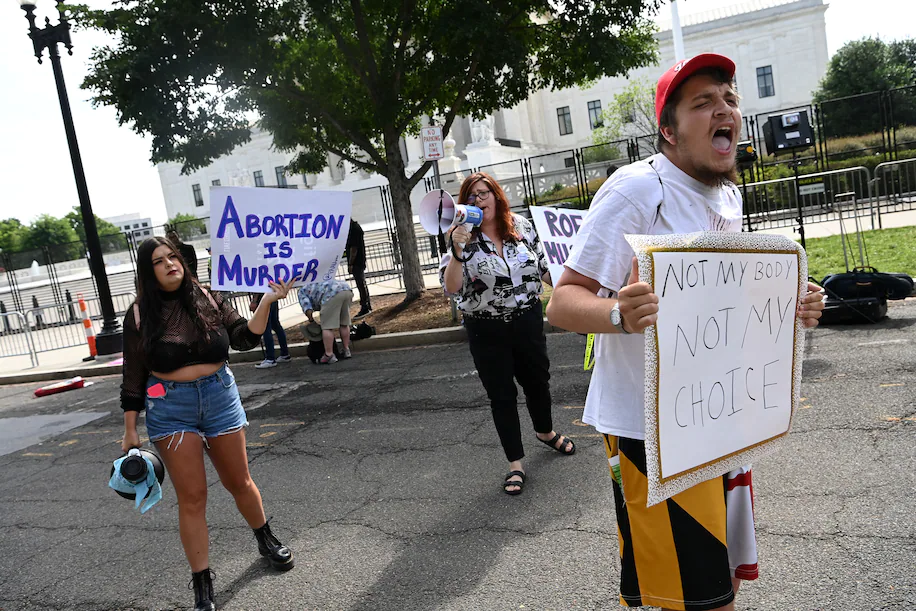Trump’s Trade War Complicates Fed’s Decision on Interest Rate Cuts

The global trade tensions sparked by President Donald Trump’s policies have added significant uncertainty to the Federal Reserve’s decision-making process regarding interest rate cuts.
As tariffs set to take effect this week risk further inflating prices and slowing economic growth, the Fed faces a delicate balancing act.
The Federal Reserve, under the leadership of Jerome H. Powell, has expressed growing concerns over the economic ramifications of Trump’s trade policies. During a speech last week, Powell warned that the new tariffs could exacerbate inflationary pressures and slow growth beyond initial expectations. While the Fed’s dual mandate includes fostering a healthy labor market and maintaining stable inflation, Powell emphasized that the central bank must keep inflation expectations anchored and avoid allowing temporary price increases to evolve into persistent inflation.
Before the latest trade developments, inflation had already been a challenge for the Fed, remaining above the target of 2%. Despite this, the US economy had been resilient, prompting the Fed to adopt a more cautious approach to rate cuts. The central bank paused its interest rate reductions earlier this year, signaling that it would need to see “real progress on inflation or some weakness in the labor market” before restarting cuts. However, the looming impact of tariffs on prices complicates this assessment. If inflation continues to rise, it may delay any further rate cuts until there is clear evidence of a significant economic downturn.
Economists have raised their recession forecasts, citing concerns that Trump’s tariffs could reduce consumer spending, strain business margins, and lead to higher unemployment. Some market participants now expect the Fed to cut rates swiftly, potentially as early as June. The anticipation of rate cuts has been reflected in market pricing, with federal funds futures indicating multiple rate reductions this year. However, the persistent inflationary shock from tariffs may force the Fed to act more cautiously, waiting for more concrete signs of economic weakness before responding with lower rates.
The Fed’s decision-making process is further complicated by the unpredictability of the Trump administration’s policies. Former Fed officials, including Richard Clarida, have suggested that the central bank would need to see tangible signs of labor market deterioration or a severe slowdown in economic activity before deciding to cut rates. In the meantime, the US job market remains strong, with March data showing robust job growth and only a modest increase in the unemployment rate.
Despite these positive employment figures, Powell and other Fed officials have indicated that they are cautious about making quick moves. As the situation unfolds, they are choosing to “wait and see” how the trade war and its impact on inflation and economic growth develop.
The heightened risk of inflationary pressures from tariffs has raised the bar for the Fed to take action. Although Wall Street has placed significant faith in the Fed’s ability to intervene during times of market distress, Powell has been clear that the central bank’s actions will depend on how the economy and inflation evolve. The trade war’s impact, along with other global factors, leaves the Fed with difficult choices ahead, as it works to navigate between preventing inflation from spiraling and avoiding a downturn in economic growth.
The New York Times and Reuters contributed to this report.







The latest news in your social feeds
Subscribe to our social media platforms to stay tuned